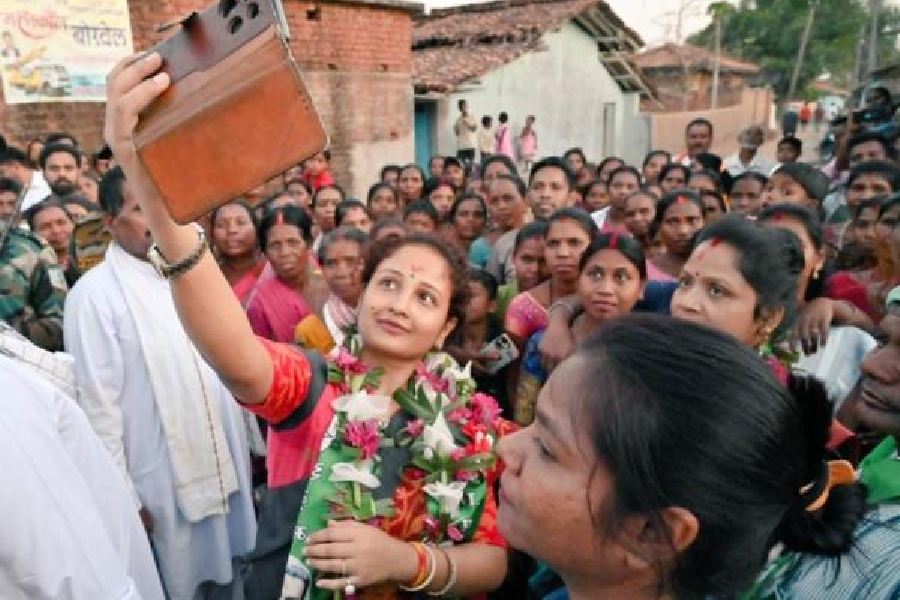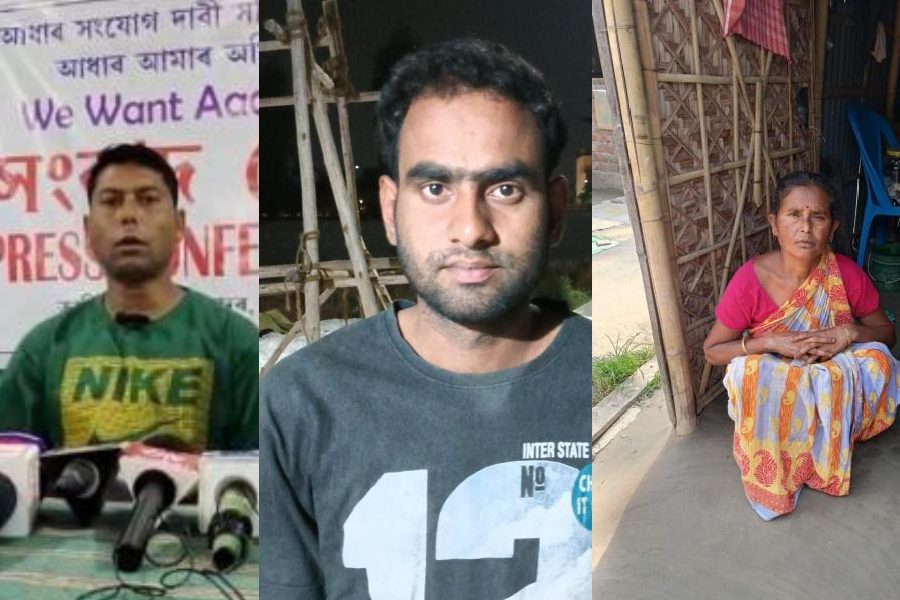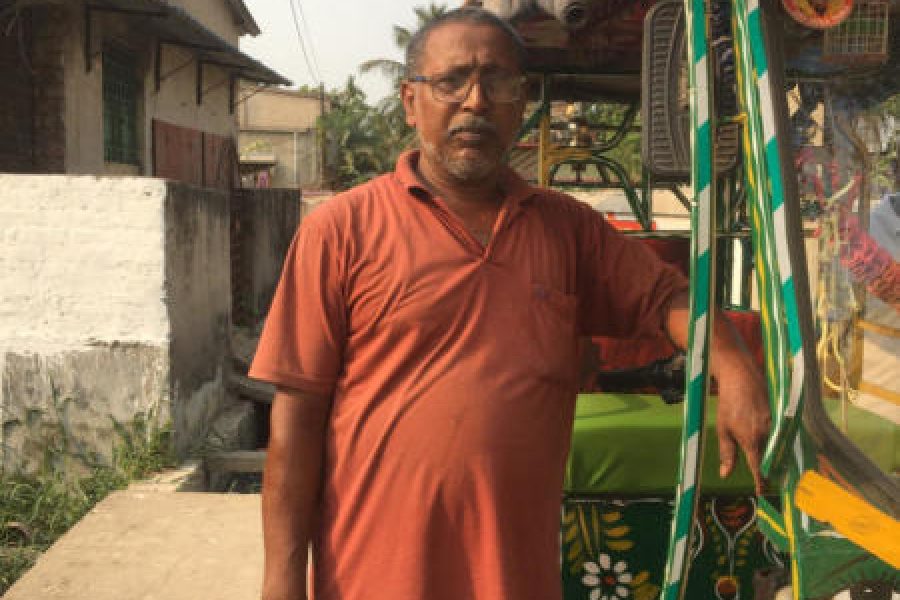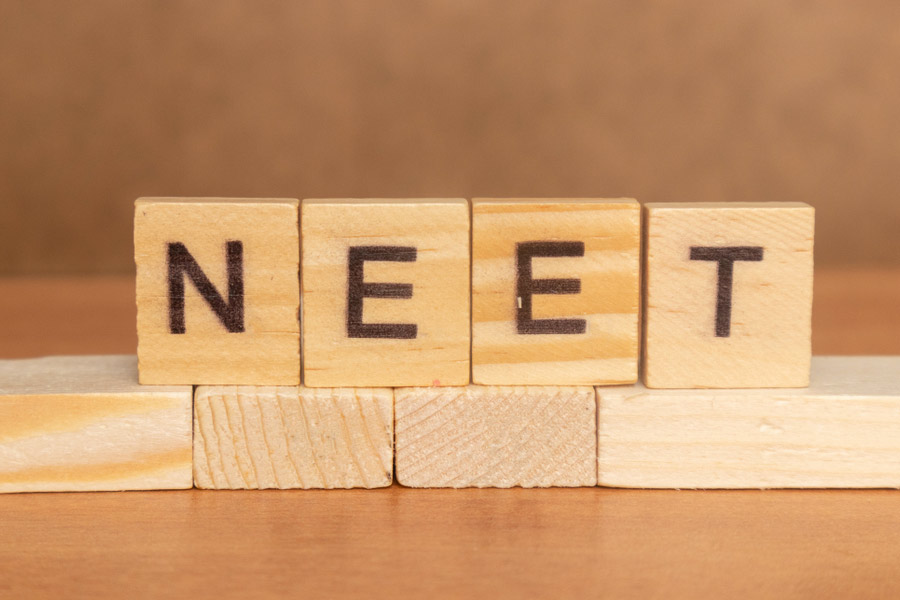A good friend of mine was murdered the other day. I say 'friend', but he was more like a 'dada' as it's used in Bangla, being a good sixteen years older than me and way senior in our shared profession of film-making. So this dada of mine was murdered in broad daylight. Everyone knows who did it, but the police will be able to do nothing about it. Though they weren’t the real murderers, three young men were involved in the actual killing of my friend. Of these three, one is dead himself, one is critical and probably won't survive, and the third will probably walk away — if you can call losing a limb and surviving as 'walking away'. While my friend was unique, one of a kind, a legend in his profession, cinematography, his murder was not unique — hundreds of thousands of Indians are murdered in this way every year.
Say you are born in 1944, three years before Independence, and you grow up in the small city of Ahmedabad. The town is a backwater when compared to the big cities of Bombay and Calcutta, the medium cities of Delhi, Madras, Hyderabad, Poona and Lucknow, but it's the same as many towns dotting the new nation: a bit densely populated in the old mohallas and more sparsely peopled in the newer colonies. There are horse carriages, bullock carts, many bicycles and lhaaaris — hand-pushed carts balanced on four bicycle wheels. In terms of petrol-powered transport, there are a few buses, very few private cars, some rickshaws built around big old American motorcycles, some very few proper motorcycles and, of course, lorries of different sizes to carry goods. As you’re growing up, scooters, mostly of Italian make, Lambretta and Vespa, and three-wheelers — what we now call autorickshaws — join the mix.
You first ride pillion with your brother on his motorcycle and then you learn to ride yourself. You go on long journeys on your motorbike, to Bombay and points south, to the Himalayas and other places. The roads are not great but then there's not that much traffic and these journeys are joyous. As you grow older, the roads get a bit better but the traffic also increases. As part of the continuing democratisation of the young nation, more and more people learn to handle vehicles and driving becomes less and less an activity of the elite. You grow up in a driving culture where rashness is looked down upon, but you start seeing all sorts of people — rich young boys in flashy cars, not-so-rich men driving state transport buses and light trucks, ‘middle-class’ drivers in the city — driving badly and at speed. You take your bike or borrow others’ bikes and ride in countries all over the world. When the borders are still open, you make it from India all the way to London; when you’re much, much older, you go on a Bharat Parikrama of 18,000 kilometres. In all this riding, you have a few falls but, in over sixty years of riding a bike, never ever a major accident.
After ‘liberalisation’, in the mad lust for ‘growth’, the country’s vehicular traffic increases at some crazy rate over the last thirty years. Forget the pollution and ecological damage caused by the fossil fuels, the vehicles themselves kill crazy numbers of Indians every year, most of them poor. The driving schools don't impart more than a rudimentary idea of safety, the instructors are lax, the examiners at the driving licence centres hungry for bribes, and the police all of the above. At some point, the country moves from the slower Amby-Fiat-Standard-Jeep to much lighter cars, which can go very fast. The two-wheelers burgeon as well: scooters, mopeds and the 125cc bikes, light things but capable of great speed and heavy enough to kill people when they're speeding.
In the old days, when you learnt to drive bikes and cars, the automobiles took time to gather speed; it took a while and a couple of gear changes before you could reach lethal velocity. With these new cars, any half-trained fool can hit 50 or 60kmph in second gear and they do, mindlessly tearing through residential neighbourhoods, unbothered about what might come in their way, the deadly weight of the impact their vehicle might inflict on child or animal, keeping no margin for the brakes to work.
As you approach your 80th birthday, you go on one of your usual Sunday morning rides with a couple of biker friends. You don't drive fast on minor roads, you're big on safe-driving practices, especially for bikes. You see some mangoes hanging from a tree at the side of the winding highway and you tell your friends to go ahead, you'll pick a couple and catch up with them. You pluck the mangoes. You come out of the side path and turn left on the road sloping upwards. You're still in first gear, not doing more than 20kmph. You're about to shift to second when they whip into sight around a blind corner. Three young men on a bike, driving on the wrong side of the road, zipping as fast as they can. They're right in front of you, at point-blank range, and there's nothing you can do. As they brake, the first guy flies towards your head like a cannonball and your viewfinder goes black forever. The post-mortem reveals the men were heavily drunk. You become a murder statistic, one among many thousands this year.










